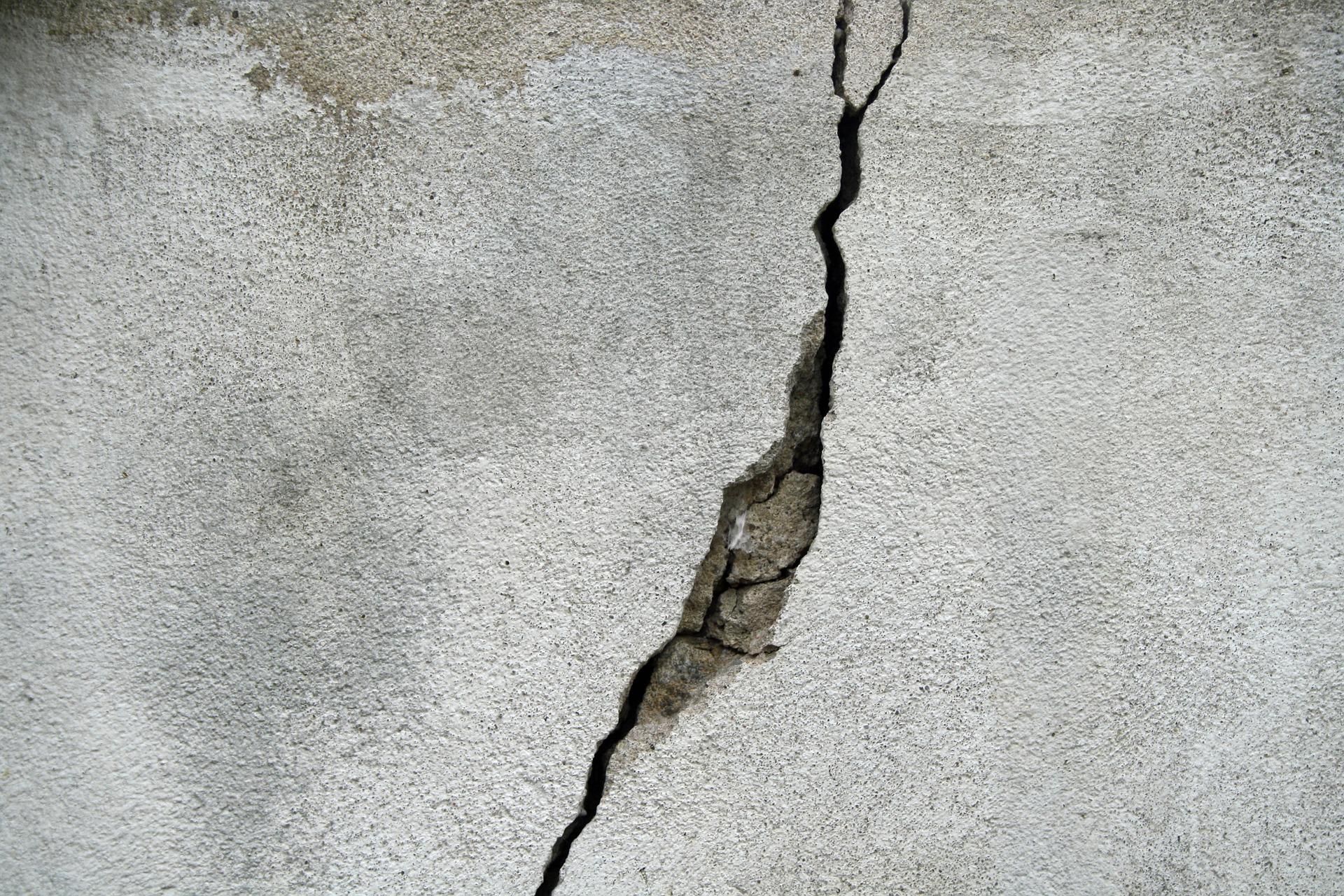
Structural Cracks – Different Types and Causes
Property owners often worry when they spot cracks in their walls, and rightly so. Not all cracks are disastrous, but knowing which ones require immediate attention can save you significant expense and ensure your building remains safe.
At Munday & Cramer, we regularly assess structural issues across Essex and surrounding areas. Our experience shows that early identification and proper evaluation are crucial for maintaining property integrity and value.
What is a Structural Crack?
Structural cracks differ significantly from plaster damage. They penetrate deeper into the building fabric and typically indicate movement or stress within the structure itself. These cracks often appear wider than 3mm and may show signs of growth over time.
Cracks around windows, doors, or load-bearing walls demand closer inspection, as do those appearing at junctions between different materials or building elements. Progressive cracks that grow wider or longer require immediate professional assessment.
Understanding Different Crack Patterns
Vertical cracks commonly result from foundation settlement, where the ground beneath your property has shifted unevenly. These often appear gradually and may indicate ongoing ground movement.
Diagonal cracks frequently develop around openings like windows and doors, typically at 45-degree angles. They suggest differential movement between different parts of the building, often caused by uneven settlement or thermal expansion.
Horizontal cracks present more serious concerns, particularly in basement walls or load-bearing elements. These often indicate significant structural pressure from soil movement, water pressure, or inadequate structural support.
Stepped cracks follow mortar joints in masonry walls, creating a stair-like pattern. While often easier to repair than other types, they still indicate foundation movement that requires professional evaluation.
Common Causes
Ground conditions play a major role in structural cracking. Essex’s clay-rich soils expand when wet and shrink when dry, creating significant pressure on foundations. This cycle can cause gradual settlement or sudden movement, particularly during extreme weather periods.
Water presents another major threat. Poor drainage, leaking services, or inadequate waterproofing can undermine foundations and cause structural movement. Trees planted too close to buildings can exacerbate these issues by removing moisture from clay soils or causing direct root damage.
Construction quality also influences crack development. Inadequate foundations, poor materials, or substandard workmanship may not become apparent until years after completion, when the building begins showing signs of stress.
When to Seek Professional Help
Contact Munday & Cramer when you notice cracks wider than 3mm, any signs of recent crack growth, or multiple cracks appearing in different locations. Don’t wait if doors start sticking, floors become uneven, or you notice other structural symptoms alongside cracking.
Munday & Cramer’s team bring decades of experience assessing buildings across Essex and surrounding areas. We understand local ground conditions, construction methods, and the specific challenges faced by property owners.
Building Surveying, Building Surveyors, Essex surveyors, Property Management